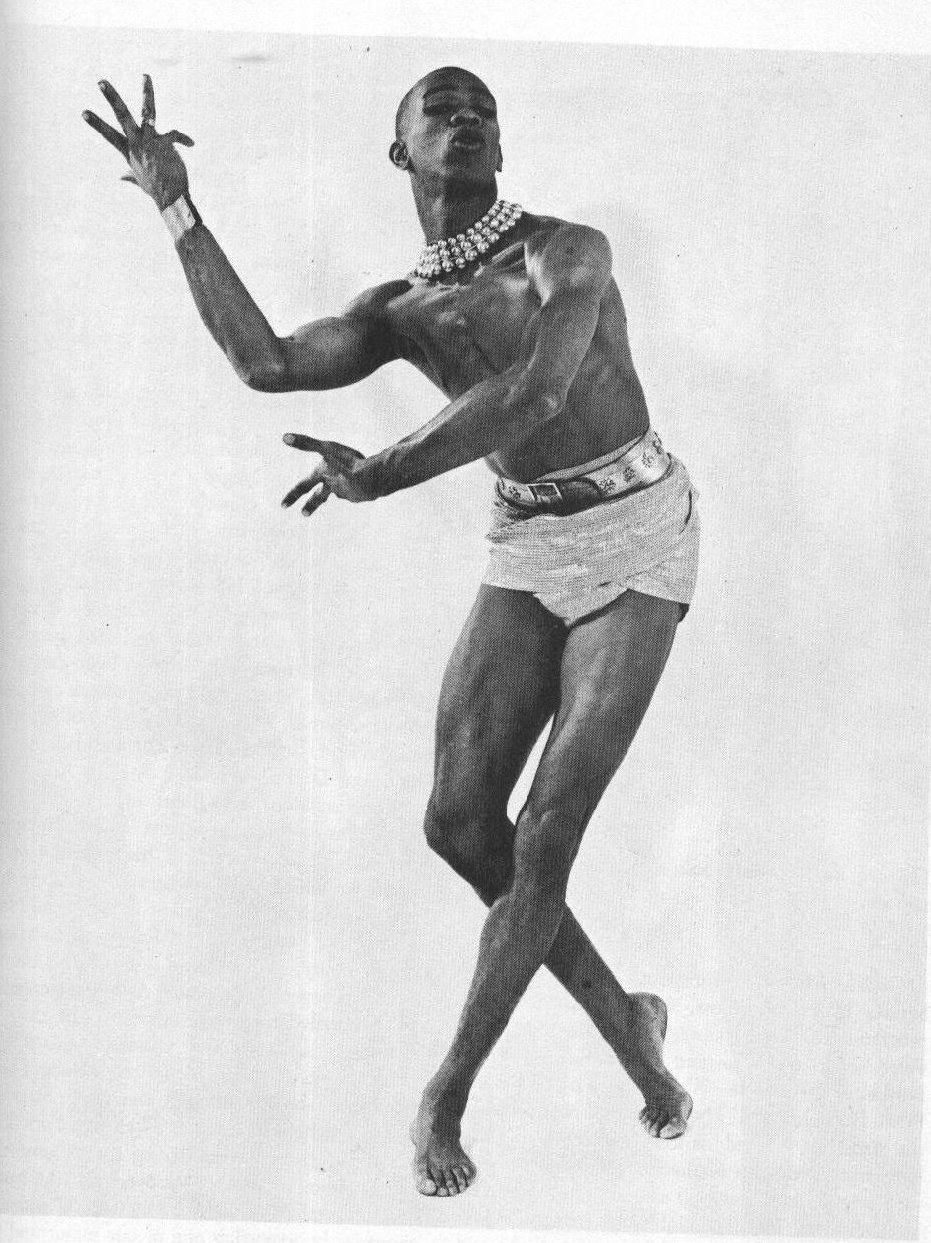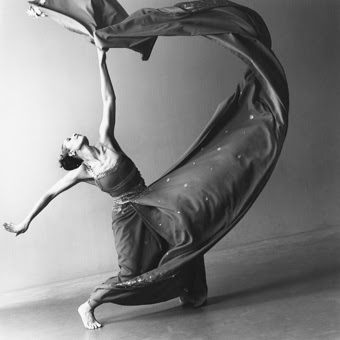If you have read anything about 20th Century American dance, I hope that you learned about Carmen and Geoffrey.
A powerhouse couple in the world of modern dance, Geoffrey Holder and Carmen De Lavallade created incredible pieces, worked with some of the greatest dancers and choreographers of their time, and received numerous awards and accolades over the course of their careers – separate and together – which each spanned more than 50 years.
Born in Trinidad and Tobago and standing at 6’6”, Geoffrey was a "dancer, choreographer, actor, composer, designer and painter who used his manifold talents to infuse the arts with the flavor of his native West Indies and to put a singular stamp on the American cultural scene." (NY Times)
Over the course of his career, he directed a dance troupe, danced on Broadway and at the Metropolitan Opera, and won two Tony Awards in 1975 for his roles as Director and Costume Designer for the Broadway production of 'The Wiz.” His choreography was performed by the Alvin Ailey American Dance Theater and the Dance Theater of Harlem. He acted onstage and in films (he played Punjab in Annie!) and was also an accomplished painter, photographer and sculptor.
Performer, dancer, actress, director, writer, teacher, choreographer, coach, mentor, and style icon, Carmen De Lavallade was born in Los Angeles in 1931 to Creole parents from New Orleans. A cousin of Janet Collins – the first African American prima ballerina at the Metropolitan Opera and one of Carmen’s greatest inspirations – Carmen was raised by her aunt, who owned one of the first African-American history bookshops on Central Avenue in LA.
Carmen began studying dance at 16 and was close friends with a young Alvin Ailey, who she encouraged to switch from gymnastics to dance (THANK GOD). After graduation, she was awarded a scholarship to study dance with Lester Horton and it was while working with Horton that she met Geoffrey.
Her career includes having had ballets created for her by Lester Horton, Alvin Ailey, Glen Tetley, John Butler and Agnes de Mille. She has choreographed for the Dance Theatre of Harlem, Philadanco, the Alvin Ailey American Dance Theater, as well as productions of Porgy and Bess and Die Meistersinger at the Metropolitan Opera in NYC. Today she continues to present, dance, teach and offer words of wisdom to young dancers and artists.
For a glimpse at their earliest work together, below is an excerpt of Banda, which was choreographed by Geoffrey and first debuted in the 1954 Truman Capote/Harold Arlen musical House Of Flowers. In this film clip from 1957, Geoffrey dances the role of the Baron of The Cemetery (based on the Haitian Loa of Death, Baron Samedi) and the scene is set in the West Indies during Mardi Gras.
Thankfully, before Geoffrey's passing in the fall of 2014, their work and personal lives were documented in the inspiring and quirky documentary Carmen & Geoffrey (2005, First Run Films).
Directed by Linda Atkinson (a student of De Lavallade) and Nick Dobb, the film follows the lives of this fascinating, wise, and eccentric couple and is complimented with rare dance footage from the 50’s/60’s, as well as numerous interviews with friends and dance colleagues. The film looks at their lives – both as individuals and a couple – including childhood dreams and aspirations, their separate paths to stardom, and their partnership and romance that spanned nearly 60 years.
While the film was previously streaming on Netflix, it's now a bit harder to get your hands on. For now, enjoy the trailer below.



